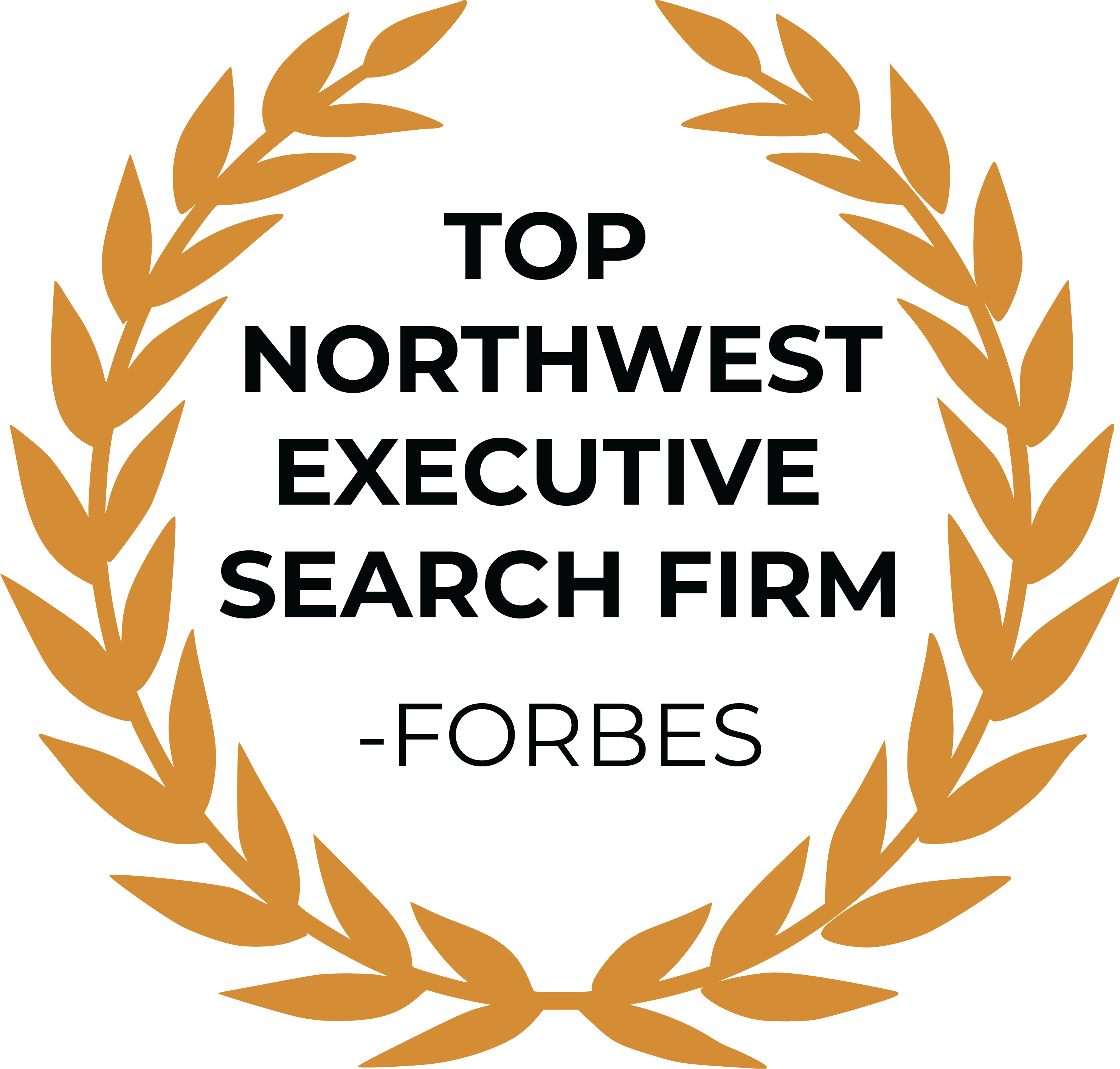Get Organized to Get Hired

For some of us, getting organized is one of life’s never-ending, soul-sucking tasks. Like pulling weeds or doing taxes. So let me make this as simple as possible by boiling it down to four key organization areas.
If you’re embarking on a career transition, getting organized in these four areas will set you up for success. Of course, there’s always more to be done. The difference is you can go a day without organizing your shed, but forget a job interview, and that opportunity is gone.
Don’t get overwhelmed with everything that could be done. Don’t waste time shuffling paper or cleaning your desk—again. Only do what is necessary. Focus on the following areas first and get four quick wins that will set you up well for the job search journey ahead.
1. Organize your workspace (AKA “Command Center”)
You need to have a desk or designated workspace at home that you can use as your job search Command Center. This is the place where you “go to work” and are most productive with minimal distractions.
When your things are scattered you feel scattered. You’ll also be lured to distraction by piles of papers and junk. A clean desk can give you an extra boost of energy and confidence that helps you maintain momentum during a job search.
Clean off everything from the desk except your computer, your checklist, and anything you are working on today. Buy some manila folders so you can label stuff and file it away in a drawer. Make it a goal to clean your workspace at the end of each day so that tomorrow you can begin with a fresh start.
If your workspace is at home where roommates or family members orbit nearby, wear headphones and listen to background music. It’s helpful to have an audio cue which kicks you into work mode.
2. Organize your computer
Do you know where to find things on your computer? If not, here’s a quick tip: Right click, “New Folder.” Do a quick cleanup on your computer desktop, just like you did for your physical desktop to minimize distractions.
Also, create a dedicated folder called Job Search. This could be on your computer, Google Drive, Dropbox, or whatever is most accessible for you. Add a few subfolders so that you know where to save things and where to find them later. I recommend:
- Resume. Here’s where you keep your master resume and any specific versions. This folder may also include documents you might send along with your resume, such as portfolio materials or company-specific applications.
- Introduction template. Once you create your ideal email and LinkedIn pitch, keep it as a file that you can copy and paste to save time. Like your resume, you may have a master letter with revised versions tailored for specific companies or job opportunities.
- Target companies. Put everything related to target company research in this folder. Your research may be all in one document, or a file for each company. I recommend creating a Target Company document in Excel or Google Sheets. It has three tabs to categorize companies you may want to work for: the top Dozen List, the Big List, and the Backburner. As companies move up and down your list of potentials, simply cut and paste the related information from tab to tab as you about your job search.
- Weekly Success Tracker. This folder will contain the file you use to track your weekly job search progress. This file is like your personal coach, keeping you accountable to the task at hand, and I recommend updating it at the end of each day.
- Interview prep. Include a folder where you save written answers to common interview questions (especially the top two questions you will always get asked), your case studies, and other interview ideas. You might even create a short-form summary document with notes that you can print out and use for in-person interviews.
- Resources. During your job search, you will discover insights about yourself, interesting articles, and other resources. For example, this is a good place to save your free DISC Personal Profile results, your Job Search Checklist, and the Unpack Your Career Worksheet. In other words, it’s a good catchall folder for miscellaneous items related to your job search.
3. Organize your time
There is much to write about time management. In fact, during the time it takes to read this sentence, 73 new books on the subject were published. The one I recommend is David Allen’s Getting Things Done. I’m also a fan of Dave Crenshaw and The Myth of Multi-tasking.
My best advice? Don’t overcomplicate it.
Your job search should be a 40-hour a week activity. Put in the hours and make them count like you are going to the office. Open up a calendar, and block out chunks of time each day for the things you need to accomplish related to work, family, sleep, recreation, etc.
Remember to account for activities that take place in the margins—getting from one place to another, prep time, snooze buttons. These little transitions and disruptions we take for granted can quickly chip away your main blocks.
4. Organize your contacts
During a job search, you’ll collect names, numbers, addresses, and business cards at a rapid clip. Think ahead and have a plan for how you will capture what is important, so that you don’t get stuck with piles of emails or cards.
I don’t think it matters if you use Outlook, Excel, Google Drive, SalesForce, LinkedIn, or a piece of paper. Just pick a system so you have a place to put things and know where to find them.
Ideally, your contacts will be accessible from your smart phone, since you may need to find a number or email while out and about. This is also a good opportunity to review your existing contacts to recall friends who can help you.
Organize your workspace, your computer, your time, and your contacts. Keep it simple, and do only what’s necessary so you can quickly get on with the real task at hand.
For more helpful job search tips: Ultimate Job Search Guide: Recruiter Insider Tips

